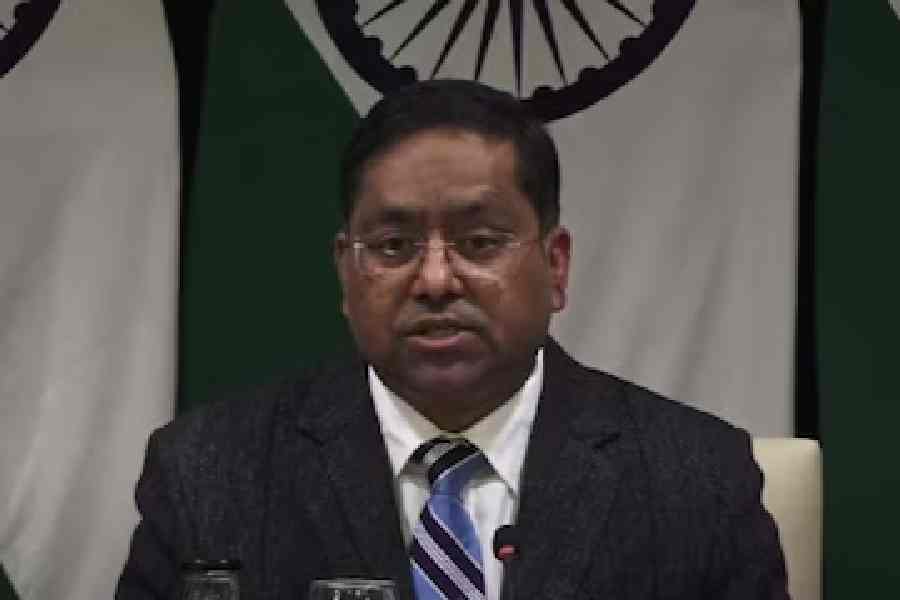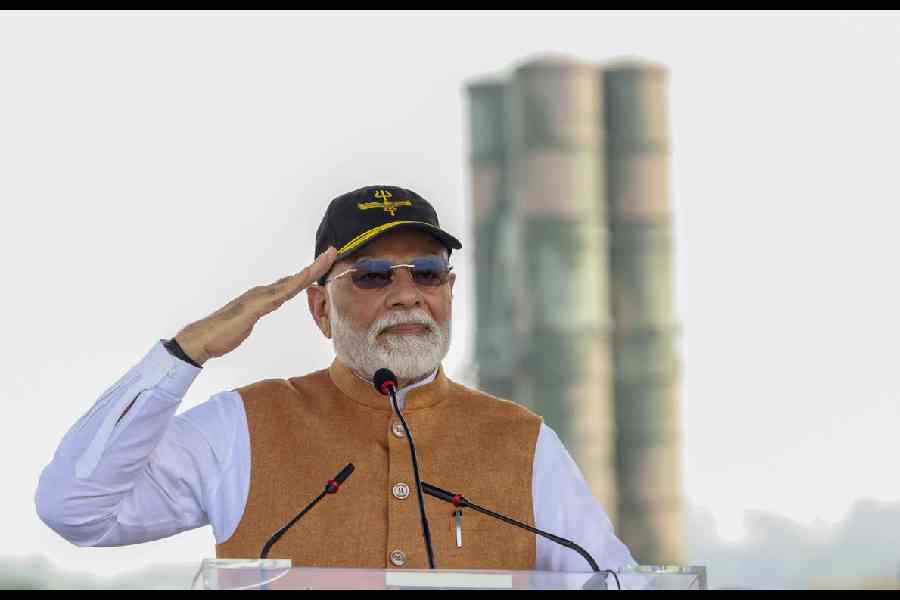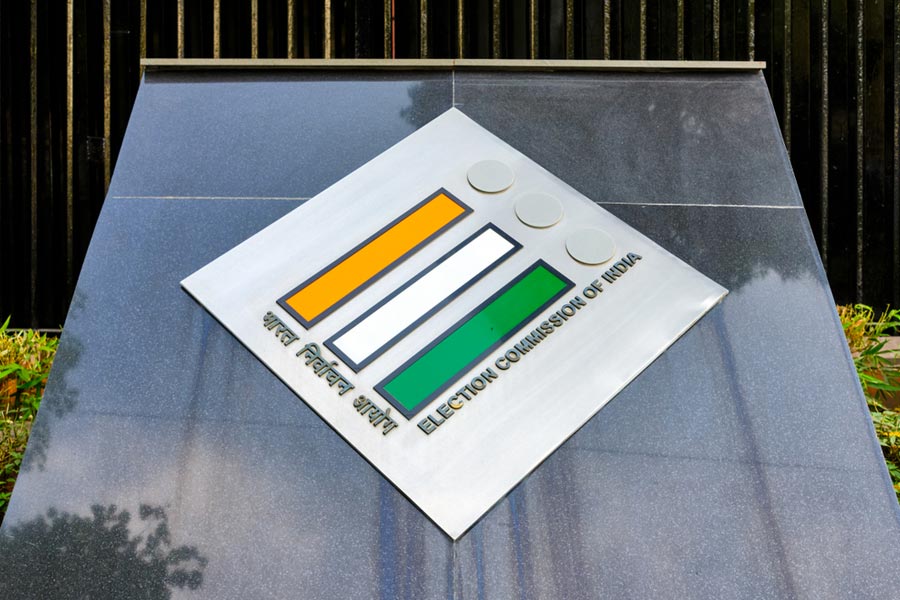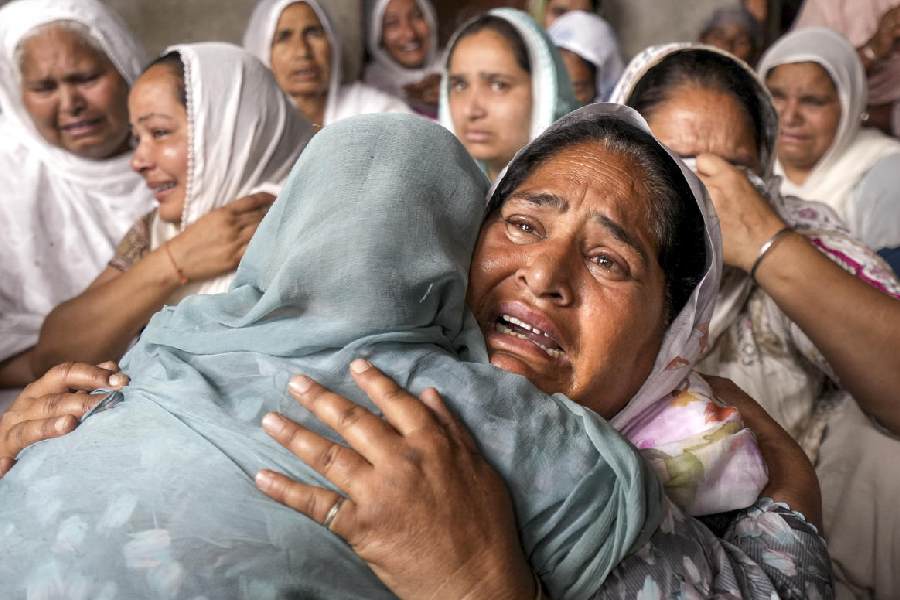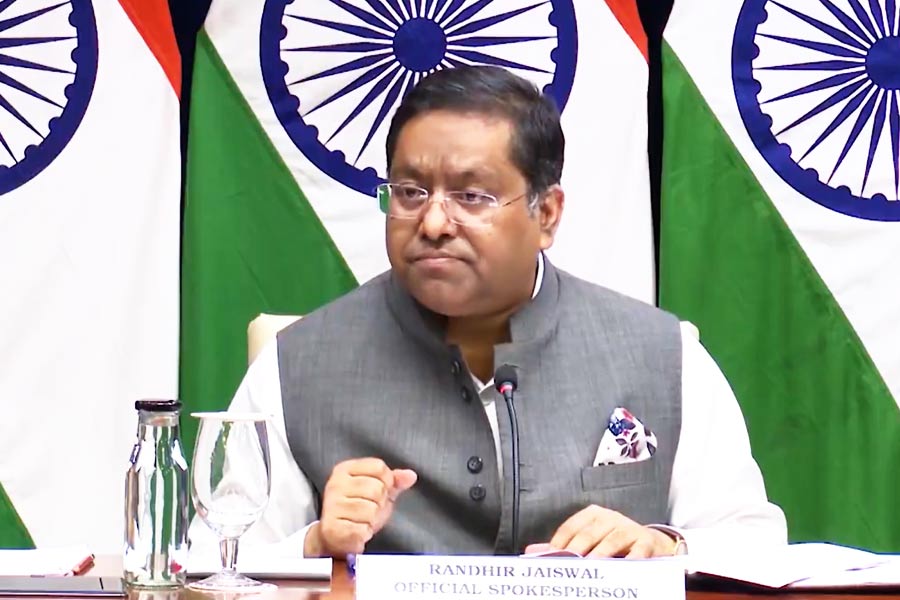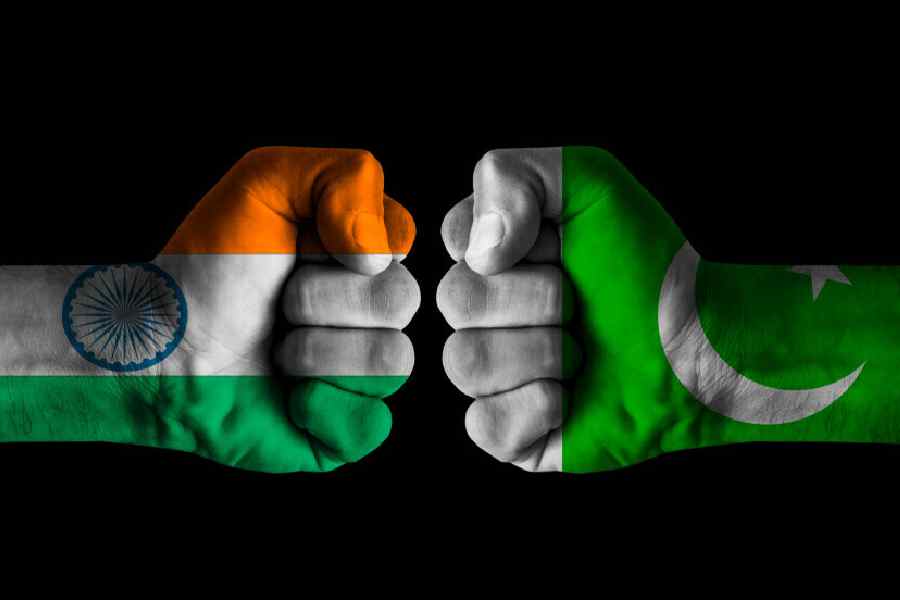
On Valentine’s Day in Calcutta, coffee shops and cheap eateries close to a college in Howrah are splitting at the seams. I am perhaps the only single in the restaurant and also the only person here who really wants to eat. I have been roaming the corridors of the campus interviewing students and am desperate for a cup of tea and a bowl of Maggi. The restaurant — if one can even call it that — is cramped and I am sitting shoulder to shoulder with a young couple very much in love. I, ravenous that I am, notice that their food and drinks remain untouched. As I wait for my food, I cannot help but overhear their conversation — they are grumbling that all the “rooms” around campus are taken and that their Valentine’s Day plans have been ruined.

I decide to investigate. I walk down to a strip of motels, not far from campus, and get talking to the receptionist — first by enquiring about a room for myself. Each room at this shanty motel is Rs 4,000, an incredulous price for such a rickety establishment. The price hike, I discover, is due to a spike in room demand because of Valentine’s Day. It turns out that college students are renting these rooms by the hour. I am put on a waiting list — I am number 26.
I am astonished — shell-shocked — at my findings at the motel, but I will not be so six months later. I was in Calcutta at the very beginning of my four-year research for my book, India in Love, and I had not yet realised the extent, the depth, or the velocity of India’s sexual revolution.
Sex is finally out of the closet and onto the streets
Six years after that day in Calcutta, my research has been published and that young couple in that coffee shop and that conversation at the motel seem ordinary, in fact conventional, to me. I have interviewed hundreds of couples like them across the country — in Chennai, in Rohtak, in Bhubaneswar, where young unmarried couples are deciding to partake in acts of sexuality before they are married.
My research has well established that a sexual revolution is under way in India with the dramatic shift in traditional values related to sex and sexuality. Premarital sex in urban areas is skyrocketing, an estimated 75 per cent in the 18-24 age bracket.
Sex is finally out of the closet and onto the streets, and young people across the country are embracing its sexual revolution. Sex-for-sale, for both men and women, is easily available, including a new host of sex workers from Indian college girls to middle-aged housewives, and reputable five-star hotels across Indian cities are being used as modern-age harems. Pornography is widely available, with a Google survey declaring that Indians are ranked number six in the world for online porn views.
First kiss to Kamasutra and Khajuraho
After centuries of sexual repression, all of this seems new to us Indians, but the truth is that a sexually open society is not new to India. Some researchers have traced the earliest references to kissing to India. According to Vaughn Bryant, an anthropologist at Texas A&M University who specialises in the history of the kiss, the earliest reference to kissing-like behaviour comes from the Vedas, Sanskrit scriptures that informed Hinduism, Buddhism and the Jain religion around 3,500 years ago. Some half-a-century later, affectionate mouth-to-mouth kissing was first described in the seminal Hindu epic, the Mahabharata. Moving beyond kissing, the walls of temples across India — from Khajuraho in Madhya Pradesh to the Sun Temple in Odisha, and the Kamakhya Temple in Assam — are adorned with fornicating couples, showing us that sex was not just celebrated but also worshipped.
Unfortunately over time, due to a variety of forces — Mughal, Victorian, Hindu, including some of the country’s most iconic leaders like Mahatma Gandhi, Raja Rammohun Roy and Swami Vivekananda — Indian society of the early 20th century became a far cry from the country that had given rise to the Kamasutra. We became very quickly in the 20th century, a prudish, sexually regressive (and also increasingly violent) society with more Victorian values than the Victorians themselves.
♦ With technological, economic, political and legislative changes over the past decade, the choices, freedom and experiences of the last two generations have been completely different
♦ Then there are mobile phones. In 1998, there were 1.4 million cell phone subscribers. In 2007, 42m, in 2009, 71m, and in 2012, 929m. In October 2015, Indian cell phone users crossed the 1-billion mark. Cell phones have given opposite sexes access to each other. In a restrictive society, relationships are conducted over the phone without the prying eyes of elders, and often at cyber speed
♦ Technology has been a major game changer. Cable television, Facebook, Twitter, YouTube, chat rooms, online porn… have teased the imagination of a young India, expanding the horizons and aspirations with simply a click of a button
♦ At 462m (as of 2016) India has the second-largest Internet user base in the world, just behind China, adding 100m users in one year, as compared to 15m for China and 3m for the US
A nation of the young, a sexual revolution of the young
The past decade, with its combination of economic prosperity, globalisation, technology and westernisation, has led to sexual liberalisation, especially in India’s burgeoning metropolises. These forces have created an environment where India’s sexual revolution can take place, and the more liberal environment has led many, especially India’s youth, to challenge traditional societal norms of female chastity, that suddenly seem passe.
A new youth culture is on the rise, and India’s young are keenly interested in romance, love, self-discovery, and exploration. In an India of the past, the ideal was always marriage, but that facade is slowly cracking and Indians are embracing new forms of coupledom and forging new kinds of romantic and sexual relationships.
India is now in the beginning or the first stage of a major social revolution. And this change will have major implications on the way marriage, romantic love and sexual relationships will unravel in the future.
India is a nation of the young, and the sexual revolution too is of the young. India’s current population includes around 600 million people who are under 25 and almost 70 per cent of its 1.25 billion population is below the age of 40. By 2020, India is slated to be the youngest nation in the world, with an average age of 29, compared with 37 in China and the United States, 45 in parts of Europe and 48 in Japan. It is an unprecedented demographic condition in the history of modern India, and in absolute numbers it is unprecedented anywhere in the world.
This demographic dividend is driving the sexual revolution, and will continue to drive it in the future. The Indian counterculture is being sown with the changing, more globalised taste of the young and the voice of the youth. Be it the demand for homosexual rights or protest against sexual crimes, their demands are getting stronger and these are apparent from displays and protests, and across popular culture in literature, television, film and art.
Whirlwind change leaving a trail of havoc
But India’s sexual revolution is not without its problems. This sudden and whirlwind change is leaving a trail of havoc and confusion in its path. Sexual violence and aggression is increasing across cities, the number of abortions, particularly illegal abortions, is skyrocketing and the numbers suggest that sexual health — in particular women’s sexual health — is in a crisis among the 18-24 demographic.
Research shows that society benefits from a sexual revolution of the kind that India is going through — there is greater gender equality, more opportunities for women, an increasing culture of respect and tolerance, and waning of homophobia. A sexual revolution also leads to development of self-expression, rejection of censorship and flourishing of creativity. Yet, no revolution comes without its fair share of casualties, and it is important to address the revolution’s excesses, the worrisome side effects and the constant tug of war between tradition and westernisation.
Must talk about sex
With every change, there comes chaos, and the only way to deal with the chaos is to prepare well for it. I am constantly shocked at how not enough constructive conversations are happening around sex and sexuality, especially at the places where it matters most — schools and colleges. We have to create and offer resources — counselling, education and health services — to India’s young, otherwise an entire section of our society will be exposed to incredible risks. Mandatory sexual education courses need to be established, counselling centres need to be set up and gender sensitivity training must be established in all schools and colleges.
The reality is that in 2017, India is firmly in the midst of a sexual revolution and nothing, and no one, can hold it back.
Ira Trivedi is a bestselling author and columnist.
She is the writer of India in Love: Marriage and Sexuality
in the 21st Century. Her latest book is
Nikhil and Riya: A Love Story


